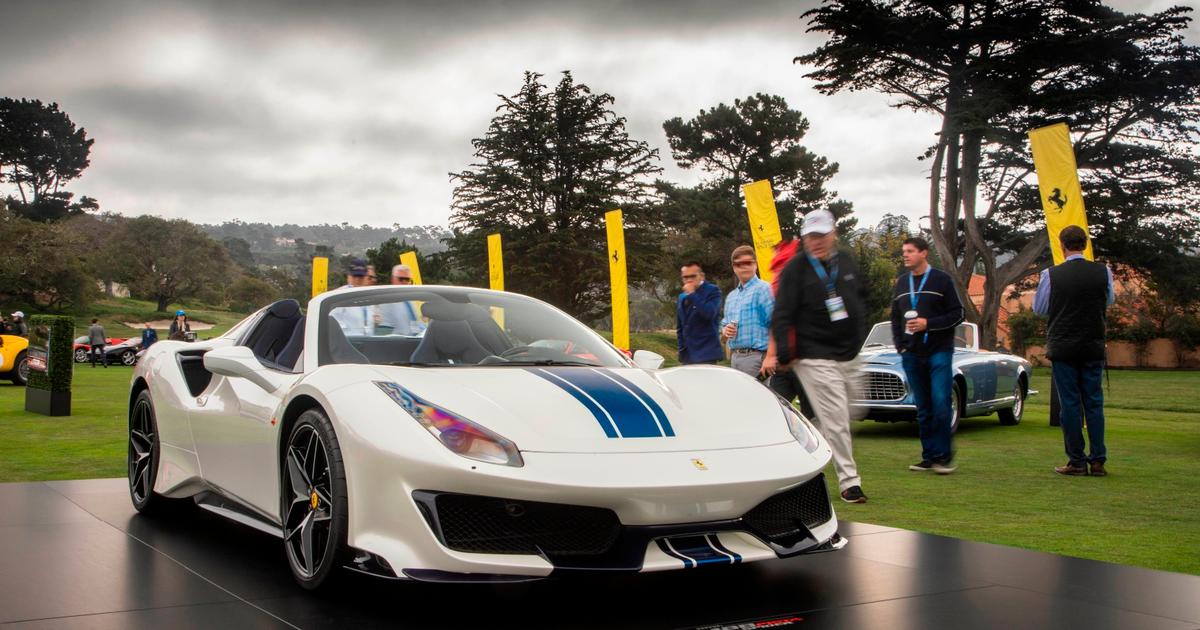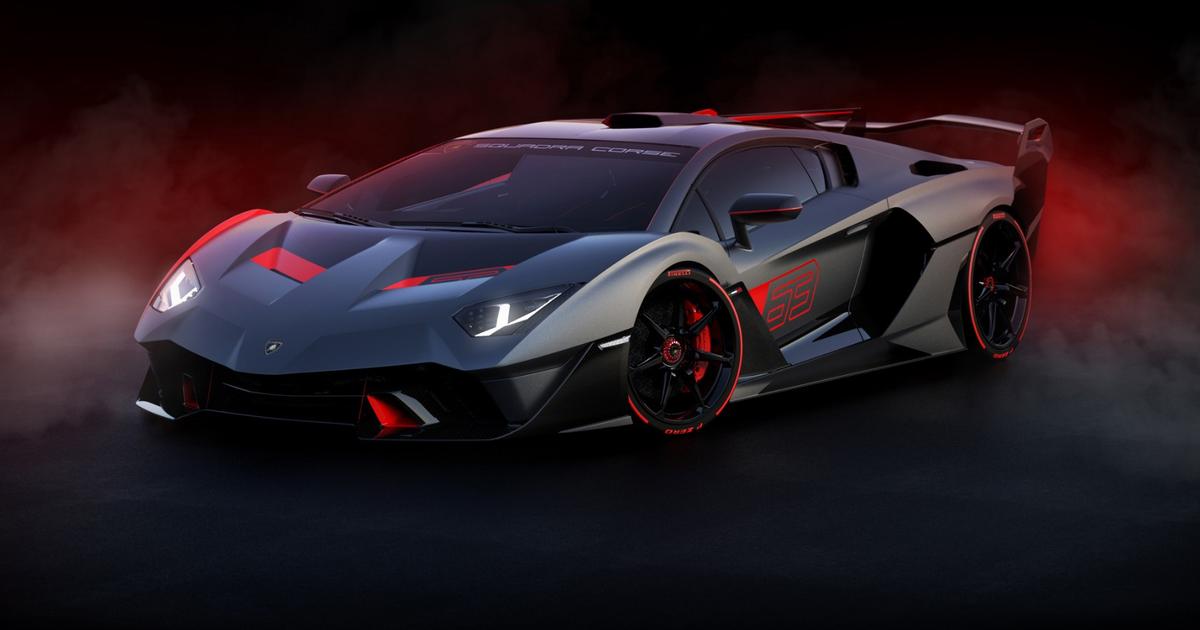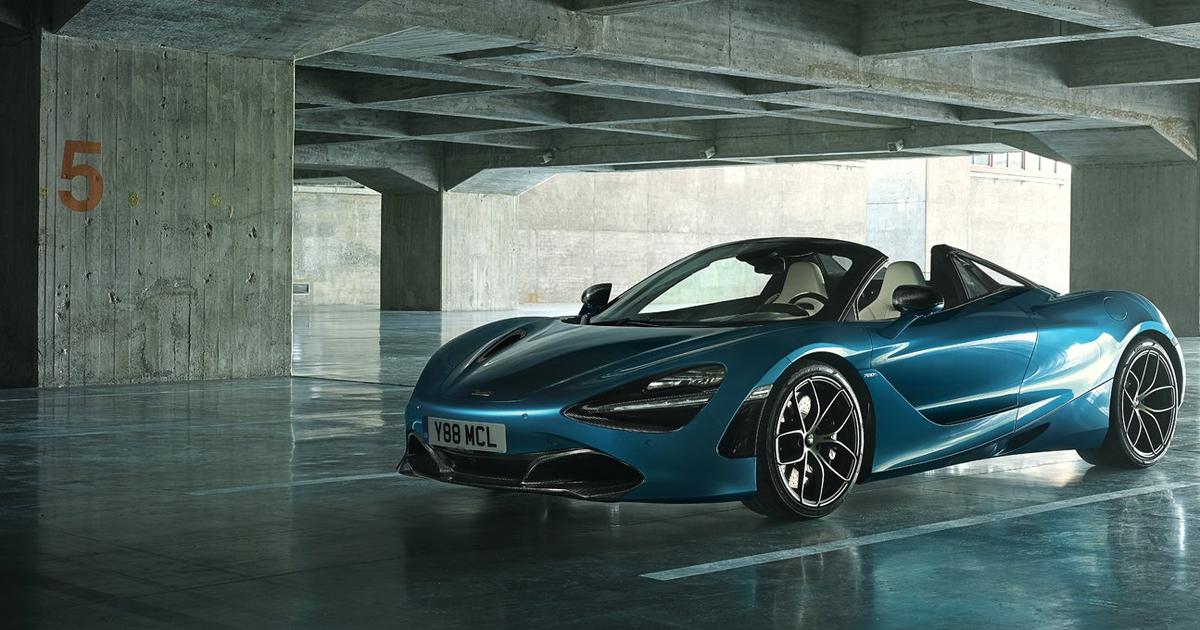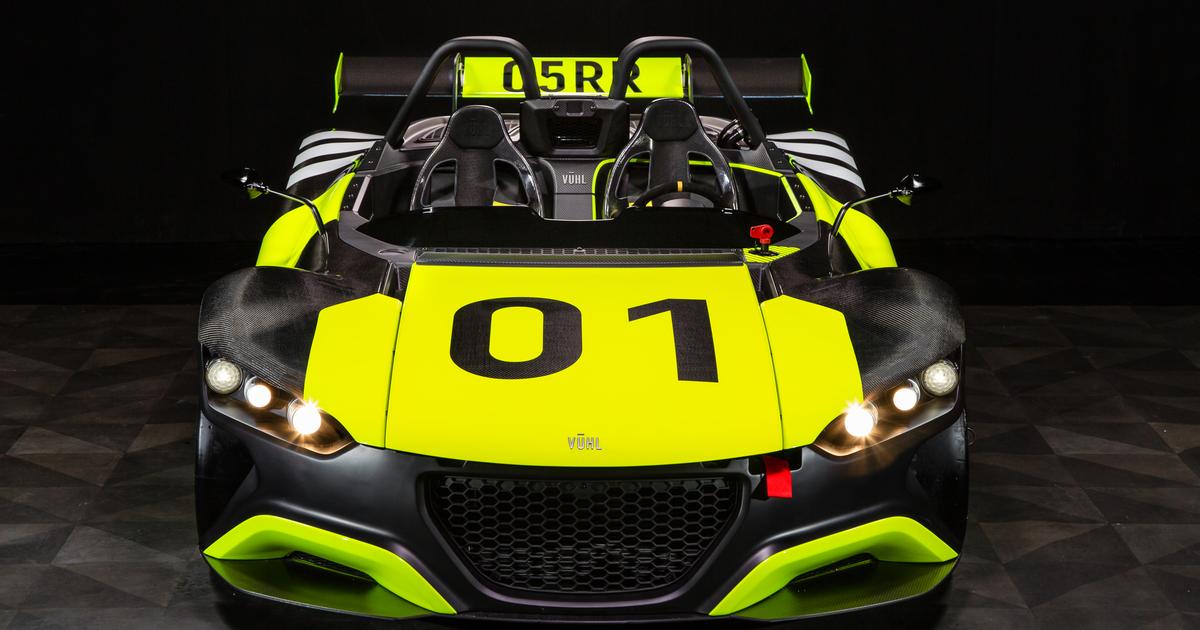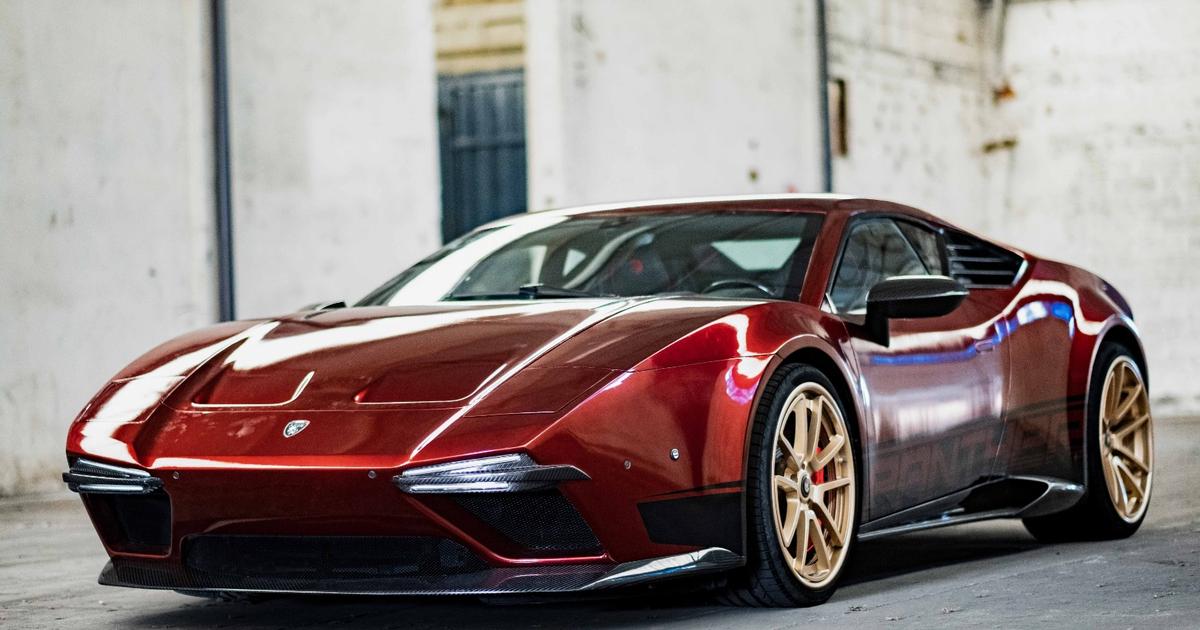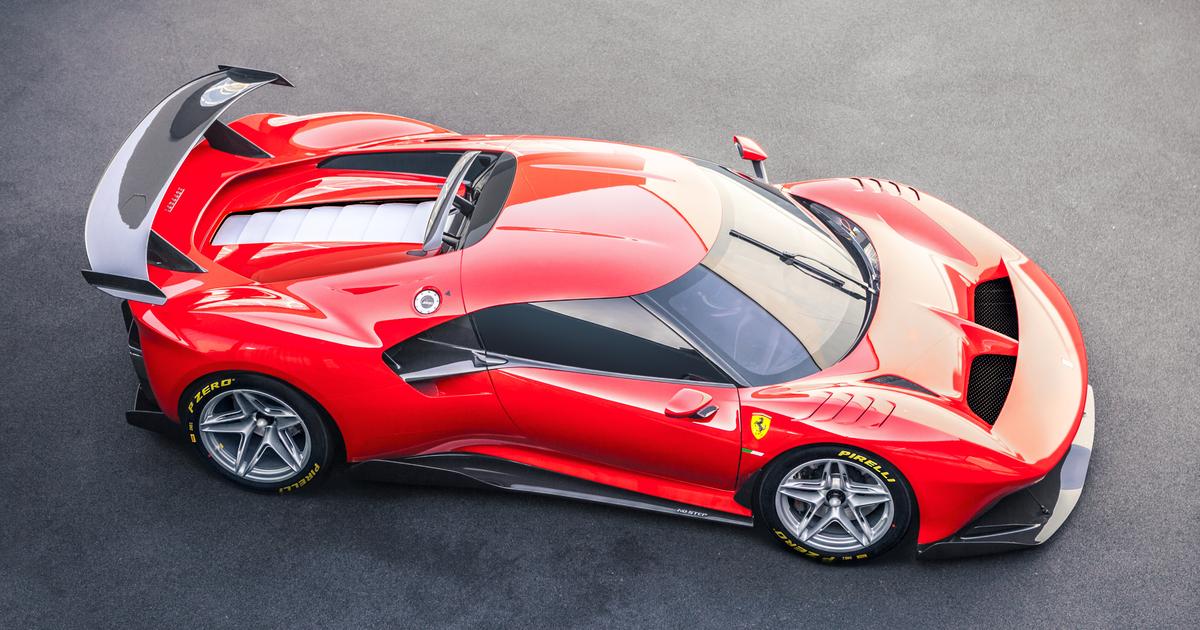Lamborghini has chosen a radically different way of dipping its toe in the waters of hybridization with the announcement of its new Sián, which couples a screaming, naturally aspirated V12 engine with a supercapacitor-based secondary electric system.
Supercapacitors, as opposed to batteries, offer a unique set of advantages and drawbacks to automakers. They have enormous charge and discharge rates, meaning they can put out huge amounts of power, charge up almost instantly, and pull in a much larger amount of energy through things like regenerative braking, in which a battery’s ability to accept charge becomes a limiting factor. They also don’t deteriorate over time, maintaining their performance over millions of cycles.
On the other hand, their energy density is terrible in comparison to lithium-ion batteries. Even cutting-edge ultracapacitors like those from Nawa in France can only store about a quarter of the energy per volume that a regular lithium battery can – and lithium is far from energy dense itself in comparison to hydrogen or hydrocarbon fuels. They also stink at long-term energy storage, steadily leaking away what they’ve got stored up over the course of maybe a week or two.
Thus far, automakers have been hesitant to use them outside some interesting edge cases like supercapacitor buses, which use their formidable discharge rates to get giant, heavy vehicles moving quickly. So it’s very interesting to see Lamborghini being the first to adopt the tech for its latest limited-edition supercar.
Having said that, the Sián is really all about its combustion engine, a roaring monster of a naturally aspirated V12. Making 785 horsepower @ 8,500 rpm thanks to titanium intake valves, it’s the most powerful engine the company has ever built. The electric component, on the other hand, runs at a measly 48 volts and contributes a very modest 34 hp (25 kW) to bring the car’s total peak output to 819 horses.
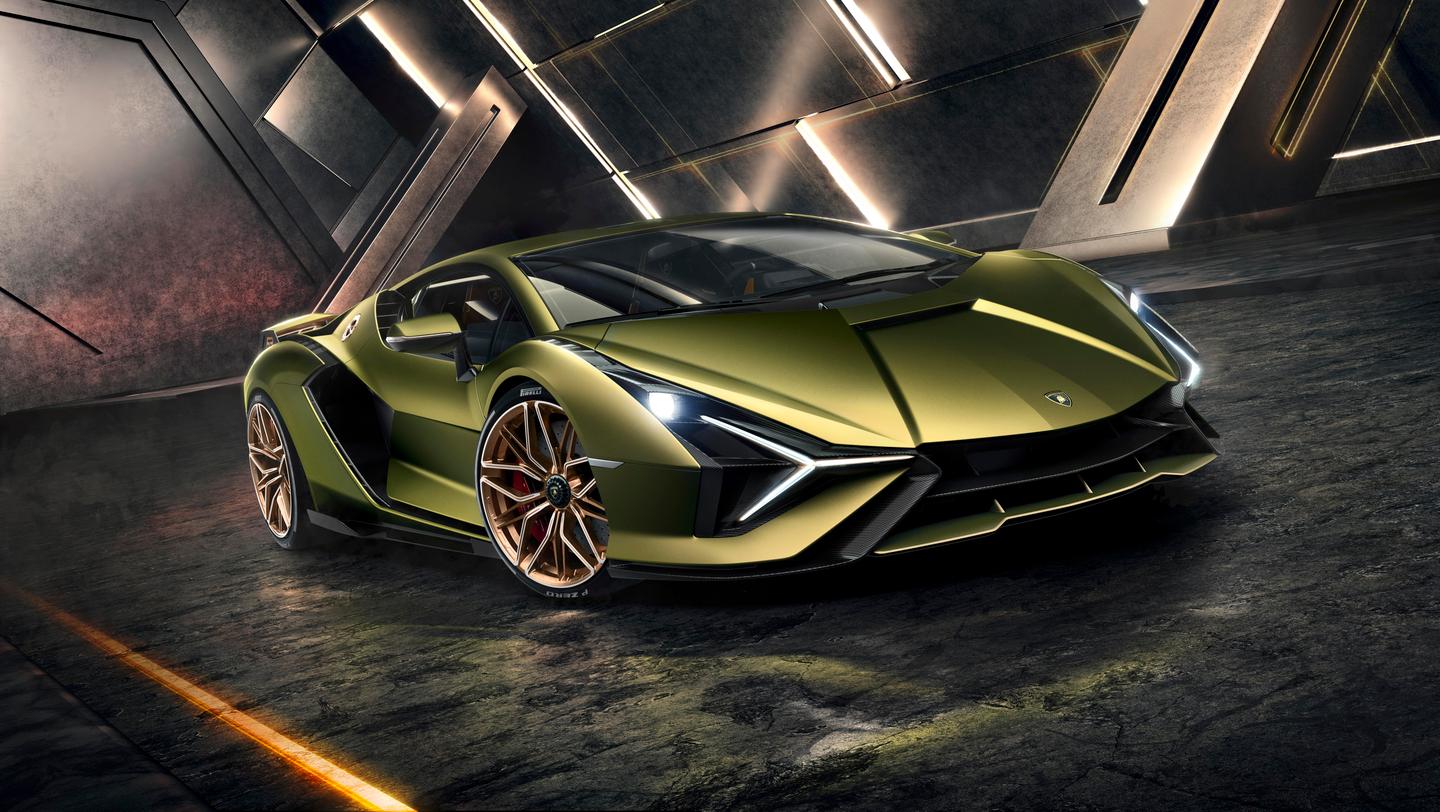
What’s it good for, then? Well, you frankly need some electric assistance if you’re going to accelerate with the big boys these days, and while Lamborghini has never lost its flair for outrageous design, it’s been lagging far, far behind the rest of the field in sprint times of late. The Sián does 0-100 km/h (0-62 mph) in “less than 2.8 seconds,” which might not impress anyone who’s found the floor with the back of a Tesla accelerator pedal, but the instant torque of that puny e-motor helps to make this the quickest accelerating Lambo in history.
It also fills in some power delivery gaps, providing some instant shunt when you hit the gas pedal as the transmission scrambles to drop a couple of gears, and making sure acceleration is maintained through upshifts so you’re constantly pressed back into your seat instead of jerked through the gear changes.
Lamborghini is also using the electric motor for fuss-free slow-speed reversing and parking maneuvers, and of course for regenerative braking. The company says “the Sián’s energy storage system is fully charged every time the vehicle brakes,” enabling “an instantly-available power boost” as you come out of a corner.
That gives us some sense of how much energy this supercapacitor will be able to store – ie. not much. This jives with the fact that nothing is mentioned about charging the capacitor when parked, suggesting that Lamborghini is purely charging this thing through the brakes, which raises the question: if you leave it parked nose-in to a wall for a few weeks, and the supercapacitor loses its charge, can you still reverse out of your parking spot using the gasoline engine?
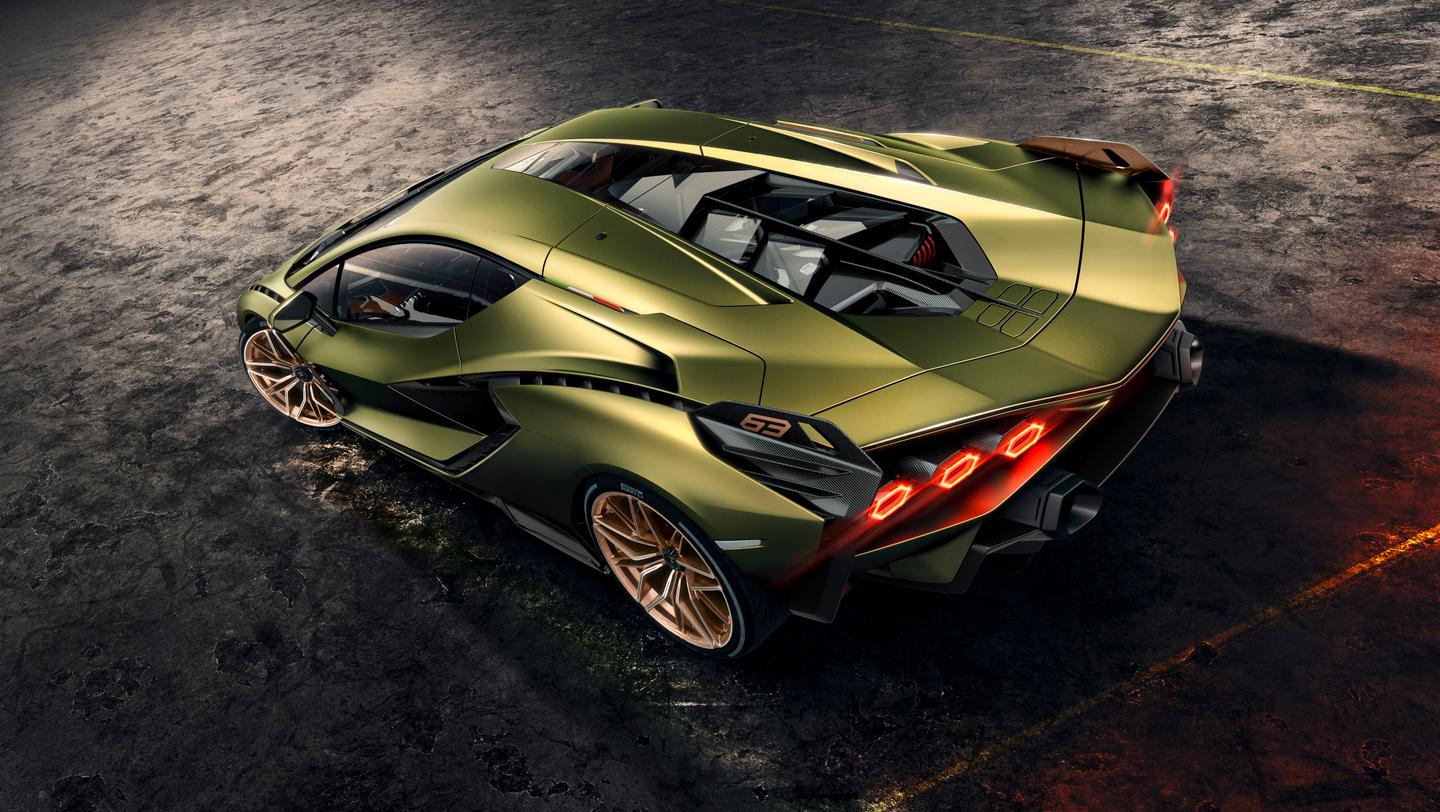
The exterior design is just hysterical fun. Lamborghini’s designers seem to have a unique license to go flat-out spaceship-level futuristic, particularly with special editions like the gob-smacking Egoista, which came with an orange-tinted jet fighter cockpit. The Sián doesn’t go quite that far, but it’s still a wonderfully space-age cacophony of sharp angles, straight lines, Y shapes and the odd sensuous curve.
There’s nothing subtle about it, from the colossal starburst rims to the gaping air intakes at the hips and the lascivious peeks you get at the V12 engine through the carbon and glass slats on the back. It’s a teenage dream carved into metal, and personally, I love it. There are plenty of other options out there these days if you prefer to be all classy and sensible with your bajillion-horsepower toys – this thing is bold, brassy and … a weird shade of nuclear-waste green.
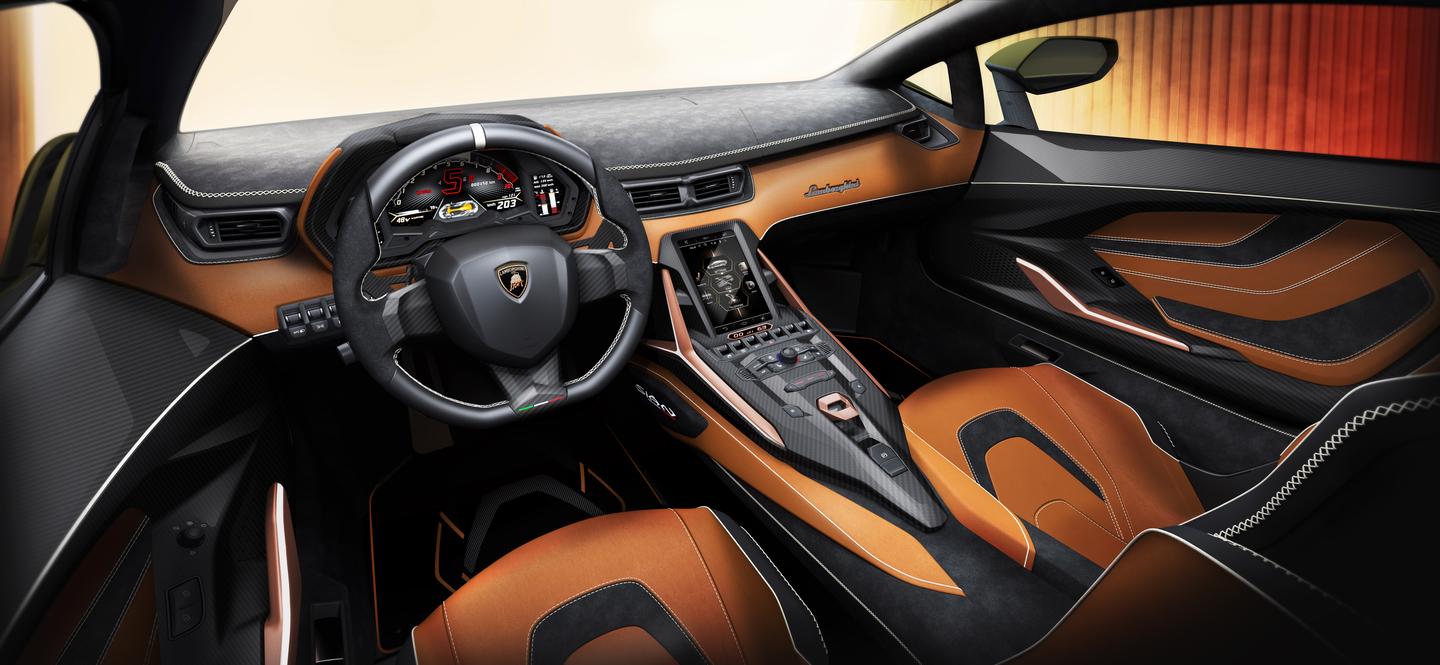
The interior, on the other hand, is a lot more laid back in black and tan leather with carbon accents, a loud digital dash and a small, but spunky touchscreen in the center console.
Production-wise, the Sián will be limited to just 63 units, each specified to the buyer’s tastes and built for the first time in Lamborghini history using some 3D-printed parts – although we know not which parts. The public can take a look at this wild machine when it hits the Frankfurt Motor Show in a couple of weeks where New Atlas will be on the floor to take a closer look.
Source: Lamborghini
